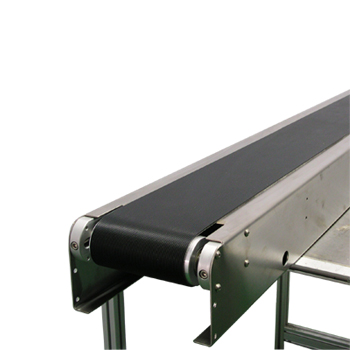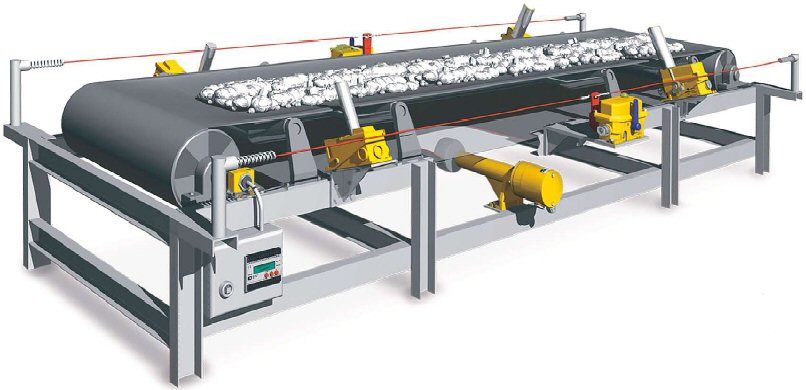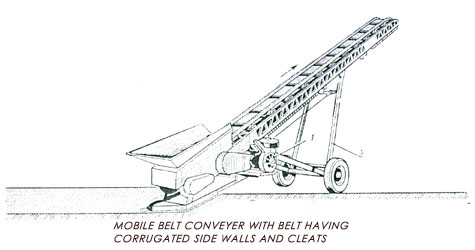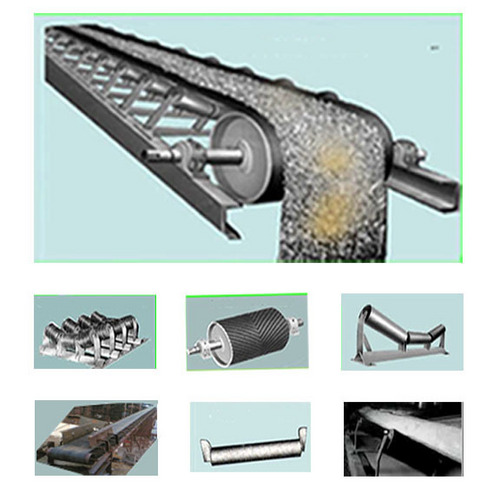





- Dust Collection Systems
- Belt Conveyor
- Bucket Elevator
- Screw Conveyor
- Rotary Airlock Valves
- Centrifugal Fan
- Slide Gate
Office :- Flat No.10,
Sidhaai Appartment,
Near RTO Office, Poorna Nagar,Chinchwad,
Puneľ 411019.
Works : -Gate.No12,
S block, 116,
Swami Samarth industrial Co.
Op.Society, MIDC Bhosari,
Near Enviro Electro Dine
pune-411026.
Web site-
www.jkautomationpune.com

Rubber conveyor belts are commonly used to convey items with irregular bottom surfaces, small items that would fall in between rollers or bags of product that would sag between rollers. Belt conveyors are generally fairly similar in construction consisting of a metal frame with rollers at either end of a flat metal bed. The belt is looped around each of the rollers and when one of the rollers is powered (by an electrical motor) the belting slides across the solid metal frame bed, moving the product. In heavy use applications the beds which the belting is pulled over are replaced with rollers. The rollers allow weight to be conveyed as they reduce the amount of friction generated from the heavier loading on the belting. Belt conveyors can now be manufactured with curved sections which use tapered rollers and curved belting to convey products around a corner. These conveyor systems are commonly used in postal sorting offices and airport baggage handling systems. A sandwich belt conveyor uses two conveyor belts, face-to-face, to firmly contain the item being carried, making steep incline and even vertical-lift runs achievable.
Belt conveyors are the most commonly used powered conveyors because they are the most versatile and the least expensive. Product is conveyed directly on the belt so both regular and irregular shaped objects, large or small, light and heavy, can be transported successfully. These conveyors should use only the highest quality premium belting products, which reduces belt stretch and results in less maintenance for tension adjustments. Belt conveyors can be used to transport product in a straight line or through changes in elevation or direction. In certain applications they can also be used for static accumulation or cartons.
- Robust construction
- High load carrying capacity
- Energy efficiency
- Energy efficiency
- CE Marked Conveyors












